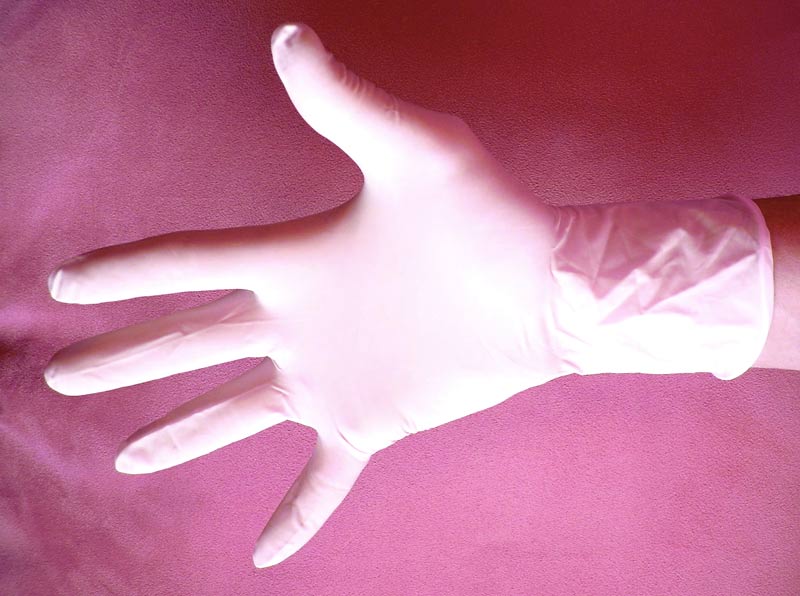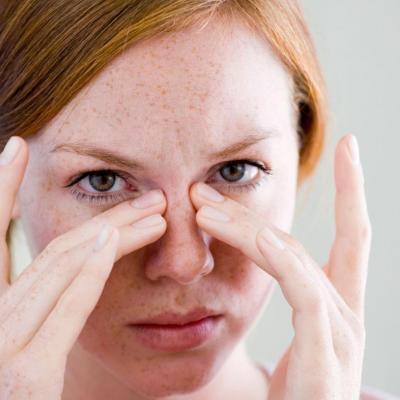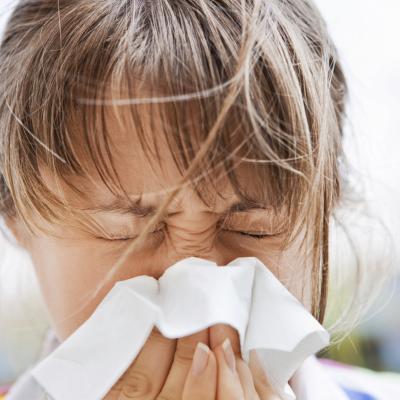Latex Allergy Symptoms and Treatments

Do you have a latex allergy? Exposure to products made of latex may cause you to have allergic reactions to them.
It's different for everyone. Different people have different allergens that can affect them. Some have more intense reactions than others.
Getting to Know Your Latex Allergy
Latex is a substance commonly known as natural rubber. It is obtained from the sap of the Hevea rubber tree.
A latex allergy is an allergic reaction to natural rubber. More specifically, certain proteins in natural rubber. Your body interprets these proteins as dangerous and fires off a defensive reaction.
Exposure to latex products can trigger the allergic reaction. For example:
- Wearing latex gloves, or being in contact with them.
- By inhaling powder from rubber gloves;
- Through the bloodstream when rubber medical equipment is used.
- Even through the mucous membrane of the eyes, vagina, mouth and rectum.
Latex allergies can also be triggered by some food and or fruits. The proteins found in some foods may possibly imitate the same bad proteins in latex. As these proteins break down in your body, your body thinks these are dangerous proteins, so it starts the allergic reaction.
Some popular foods that may trigger latex allergic reactions include:
- wheat
- bananas
- grapes
- avocados
- tomatos
- celery
- pineapples
- cherries
- melons
- strawberrys
- figs
- peaches
- papayas
- potatos
- and many more listed here.
Latex Allergy Symptoms
Symptoms of latex allergies range from having reddish skin to itching. More complex and serious reactions include difficulty in breathing or gastrointestinal problems.
- Hives or welts
- Swelling of affected area
- Runny nose
- Sneezing
- Headache
- Reddened, itchy or teary eyes
- Sore throat, hoarse voice
- Abdominal cramps
- Chest tightness, wheezing, or shortness of breath (asthma)
If your see any symptoms of latex allergies, treatment must be given right away. Remove any latex products must immediately. If left untreated and not medicated, it may lead to the death - worst case.
How do you get rid of a Latex allergy?
If you have a latex allergy, there are ways of reducing the symptoms. At times, the fact that allergens are all around is uncontrollable.
For mild latex allergies or of any other allergy try:
- taking anti-histamines
- anti-inflammatory medications
The effect of these medications may differ from one person to another.
For serious cases of latex allergies, it is best to seek medical help immediately before the allergies contracted get worse.
While latex allergies have no cure, your best strategy is to prevent it. Avoid any products made of latex and avoid any of the foods listed above. Some products may not be specific about their latex content. It is important to make sure you check with the manufacturer to find out if they do.
Note that Products made from guayule natural rubber do not contain the same harmful proteins as the Hevea rubber tree, so they will not cause allergic reactions if you are allergic to Hevea proteins.
"Guayule is under development as a low protein, commercially-viable source of latex, suitable for the manufacture of latex products which do not cause allergic reactions in patients suffering from Type 1 Hevea brasiliensis." - from Emulsion Polymerisation and Latex Applications By Christopher D. Anderson, Eric S. Daniels
So hopefully we'll start to see more Latex products switch over to this other form of rubber.
Some tips to follow
The American Latex Allergy Association recommends you follow these tips:
- Wear Medical Alert Identification
- Carry with you at all times:
- Medications, as prescribed by your allergist (including anaphylaxis medications: EpiPen® (epinephrine) Auto-Injector carry 2 doses, allergy medications: antihistamine, asthma medications: inhaler/albuterol)
- Non-latex gloves
- Letter from your allergist about your latex allergy status
- Notify the following of your latex allergy and other pertinent information:
- Local EMS
- Medical/dental providers
- Family members, friends, schools, daycares, employer and co-workers
- Avoid:
- Natural rubber latex gloves, balloons, condoms and other natural rubber products
- Be aware of and consult with your allergist regarding:
- Proper use of all medications
- "Hidden" latex on food prepared with latex gloves
- Lactiferous plants that may have cross reactive proteins
- Foods with cross reactive proteins to natural rubber (banana, avacado, kiwi, chestnut)
- Carry a list of medication as prescribed by your allergist
- Any additional information from your allergist
Latex allergies can get worse with every exposure, so if you know that you have latex allergies, then be extra careful.







